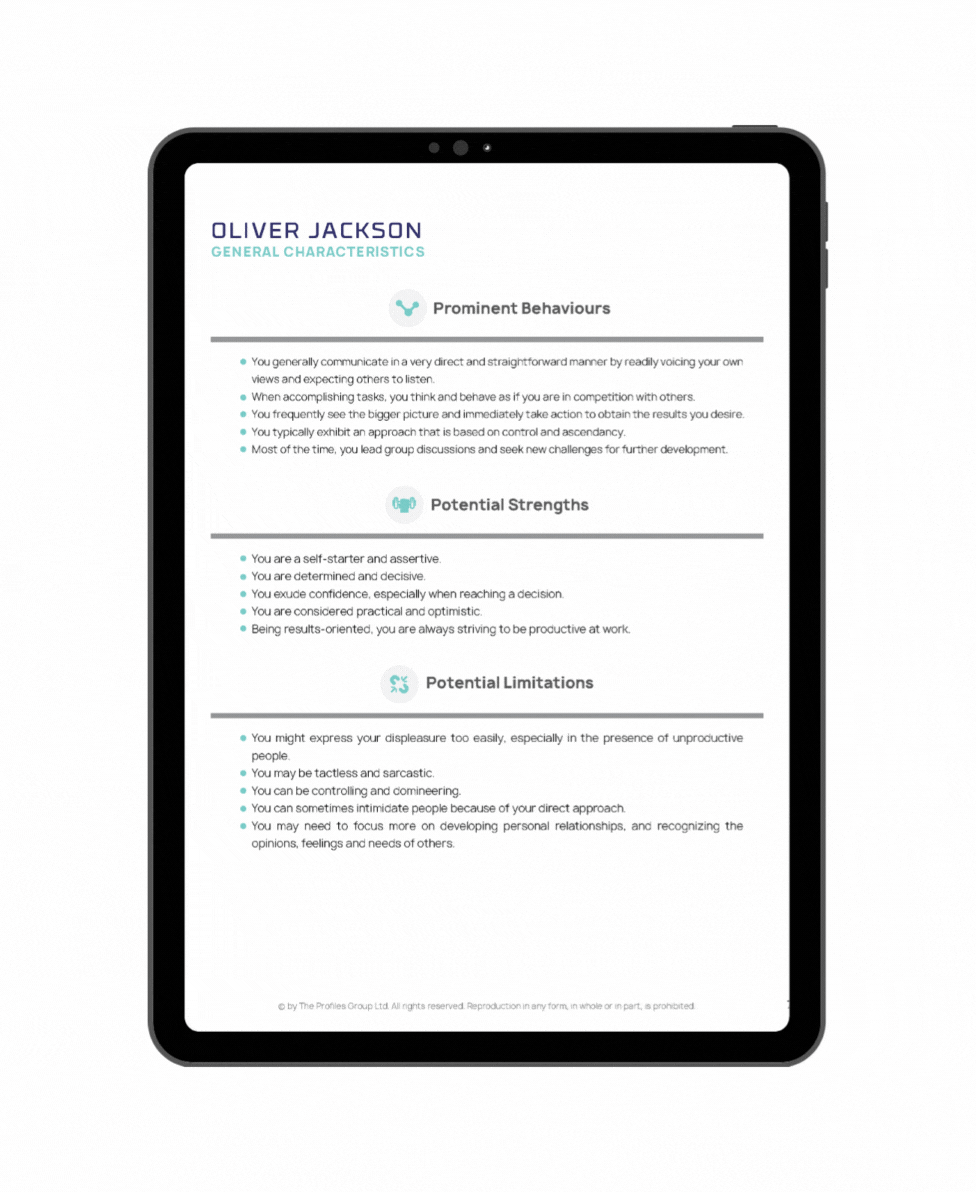Leadership Bites: Emotions are Data
For the longest time, I thought that emotions happen to us and that they are our directive. I had been judging myself for what I felt for years and often categorised my emotions into either ‘good or bad’.
That’s when I would get stuck and couldn’t move on.
Susan David calls this ‘getting hooked on your emotions like a fish on fishing line.’ We identify ourselves with our emotions and get overwhelmed or become them.
Last year, I coached a leader in the banking industry, Michelle, who had recently taken on a new role. She is based in Melbourne, Australia, and is a single mum who was home-schooling her 8-year-old son during lockdown. She broke down in our last coaching session, relieved to be able to open the floodgates of tears and open-up to me in a space with no judgement prejudice.
She said to me: "I’m so angry. I feel exhausted and stressed. I work 12-hour days and am trying to be there for my son as well. But it's relentless; the pressure is increasing, and so is the amount of work. I am trying to keep it together, but every bit of negative feedback or criticism makes me want to burst into tears in meetings. But I know that it's not accepted in our corporate lives."
What Michelle experiences is not an isolated case. "All healthy human beings have an inner stream of thoughts and feelings that include criticism, doubt, and fear. That's just our minds doing the job they were designed to do: trying to anticipate and solve problems and avoid potential pitfalls." Susan David says.
What I observe working with hundreds of leaders all over the world is that people are not ok. They are struggling, not just with day-to-day workloads and pressures, but also with managing their emotions. They are less able to tap into their emotional intelligence; they are less aware of other’s emotions, and critically their own.
![]()
Emotions are data, they are not directives. We own our emotions; they do not own us.
Susan David
When we reflected together, Michelle realised that under the weight of a new role and parenting in lockdown, she was losing the ability to have the self-awareness she needed to recognise her emotional state. Instead she was getting caught up in her emotions, interpreting what her colleagues said as negative feedback that matched her inner voice.
Michelle was getting hooked by her thoughts and emotions like a fish caught on a line
How to Get Unhooked?
We need to develop our self-awareness and emotional agility.
Emotional Agility is a process designed by David that allows us to embrace all emotions as important sources of information that we can use to learn about our internal processes and patterns without being overpowered by them. We basically see emotions as a data point.
Emotional Agility means we develop greater emotional intelligence and self-awareness: we introduce choice into the equation and, therefore, we can use our values and intentions to do the steering of our personal and professional lives.
Strategies for building your
self-awareness and emotional agility
Step 1 – Review your DISC Flow Report
Review your DISC Core Report and if you are a Leader consider looking at, or upgrading to, the Leader report. Spend time reflecting on everything the report says Validate each point by asking “does this represent me?”.

Look at your potential limitations and stressors vs your potential strengths and motivators and validate which statements resonate most with you to unpack what might cause increased stress.

Step 2 – build a daily practice around increasing your emotional agility
Once you have these insights, create a daily practice around building your emotional agility.
Recognise your patterns.
Notice when you get hooked by your thoughts and feelings. For example, when your thinking becomes rigid, your interpretation of feedback creates negative stories, and you constantly seem to be overwhelmed by emotions.
Name it to Tame it.
Label your emotions. It helps you to see your feelings for what they are.
Sit in discomfort.
Be comfortable with what feels like 'struggle' and accept your emotions. They are not bad or good; they are just what they are. When you accept your emotions, you take the pressure of changing or fighting them. Take deep breaths and notice what's happening in the moment.
Reframe your story.
When you notice that your inner critic is louder than your inner champion, take a seat on the 'balcony' and evaluate what is actually happening around you. Reframing is not positive thinking, but it's changing the stories you are telling yourself.
Michelle worked with all of the strategies above, first recognising patterns that didn't serve her. She then labelled her emotions and realised that the anger she was feeling was 'furious and annoyed': two labels that helped her to alleviate the rawness of the initial anger she thought she was feeling and that opened-up options for her. She also changed the stories she was telling herself by focusing on her strengths. She created space to take on feedback with curiosity and accept challenges.
Developing Emotional Agility takes time and means changing habits. I encourage you to work with your coach if you feel overwhelmed.
If you’d like to learn more about how DISC Flow can help you overcome overwhelm, or coach your team through similar issues, get in touch for no-obligation chat. I'd love to share with you how powerful DISC Flow can be.
If you want to bring the power of DISC Flow into your organisation or coaching practice, our upcoming certification dates are listed below. Places are limited, so enrol now to join us.













